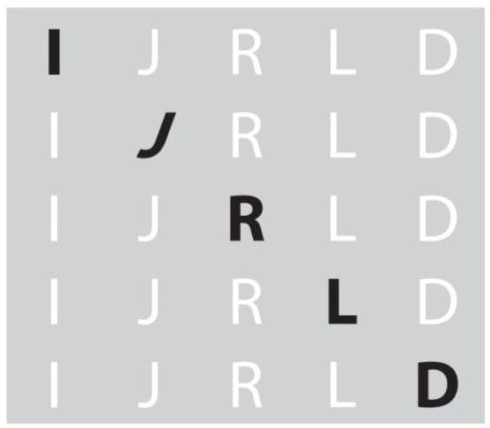Specific Learning Disabilities in DSM-5: Are the changes for better or worse?1
Abstract
DSM-5, the fifth edition of the American Psychiatric Association’s Diagnostic and Statistical Manual of Mental Disorders, was published in May 2013, amidst a storm of controversy. This article focuses on changes made to the diagnostic criteria for Specific Learning Disorders (SLD). Primary criticisms of the changes in the SLD concern the aggregation of the DSM-IV subtypes into one overarching category, the failure to codify Dyslexia as a distinct type of SLD, and the inclusion of response to intervention as one component of the criteria. This article first summarizes the historical perspectives on SLD. Next, the changes made to the diagnostic criteria are presented, followed by a discussion of the rationale and evidence on which the changes were based. It concludes with a discussion of the possible impact on clinical practice, research and policy.
Downloads
Published
Issue
Section
License
Copyright (c) 2023 Rosemary Tannock

This work is licensed under a Creative Commons Attribution-NonCommercial-NoDerivatives 4.0 International License.
You are free to:
Share — copy and redistribute the material in any medium or format
Adapt — remix, transform, and build upon the material
for any purpose, even commercially.
This license is acceptable for Free Cultural Works.
The licensor cannot revoke these freedoms as long as you follow the license terms.
Under the following terms:
Attribution — You must give appropriate credit, provide a link to the license, and indicate if changes were made. You may do so in any reasonable manner, but not in any way that suggests the licensor endorses you or your use.
No additional restrictions — You may not apply legal terms or technological measures that legally restrict others from doing anything the license permits.
Notices:
You do not have to comply with the license for elements of the material in the public domain or where your use is permitted by an applicable exception or limitation.
No warranties are given. The license may not give you all of the permissions necessary for your intended use. For example, other rights such as publicity, privacy, or moral rights may limit how you use the material.
